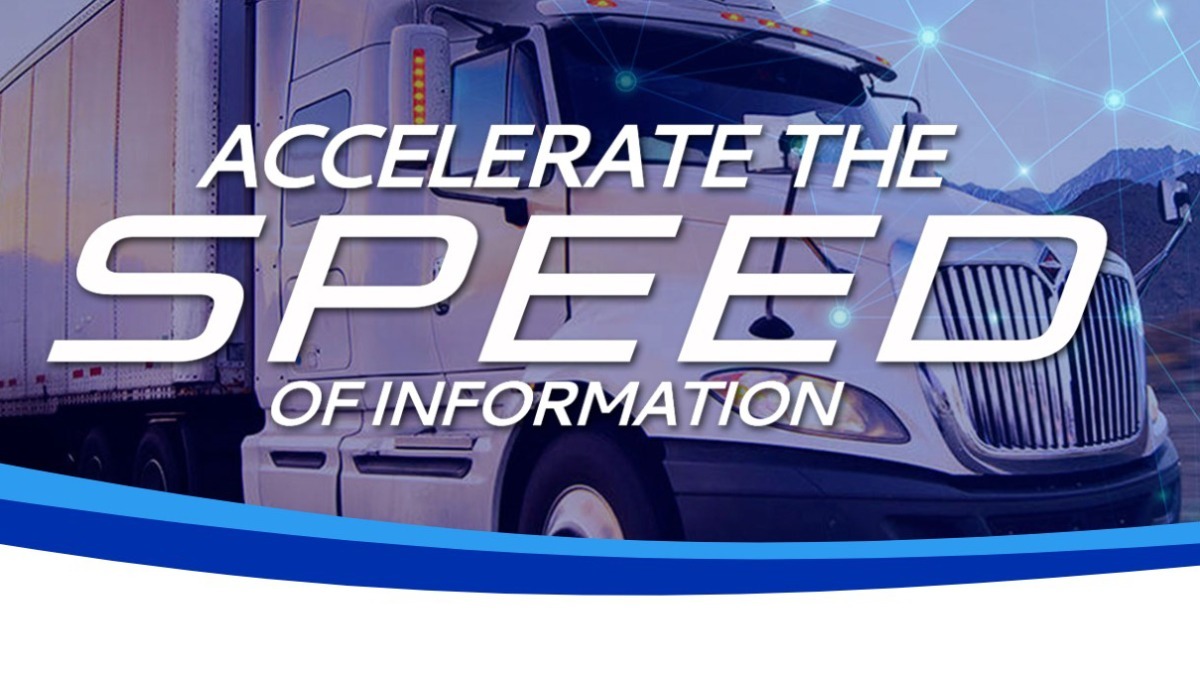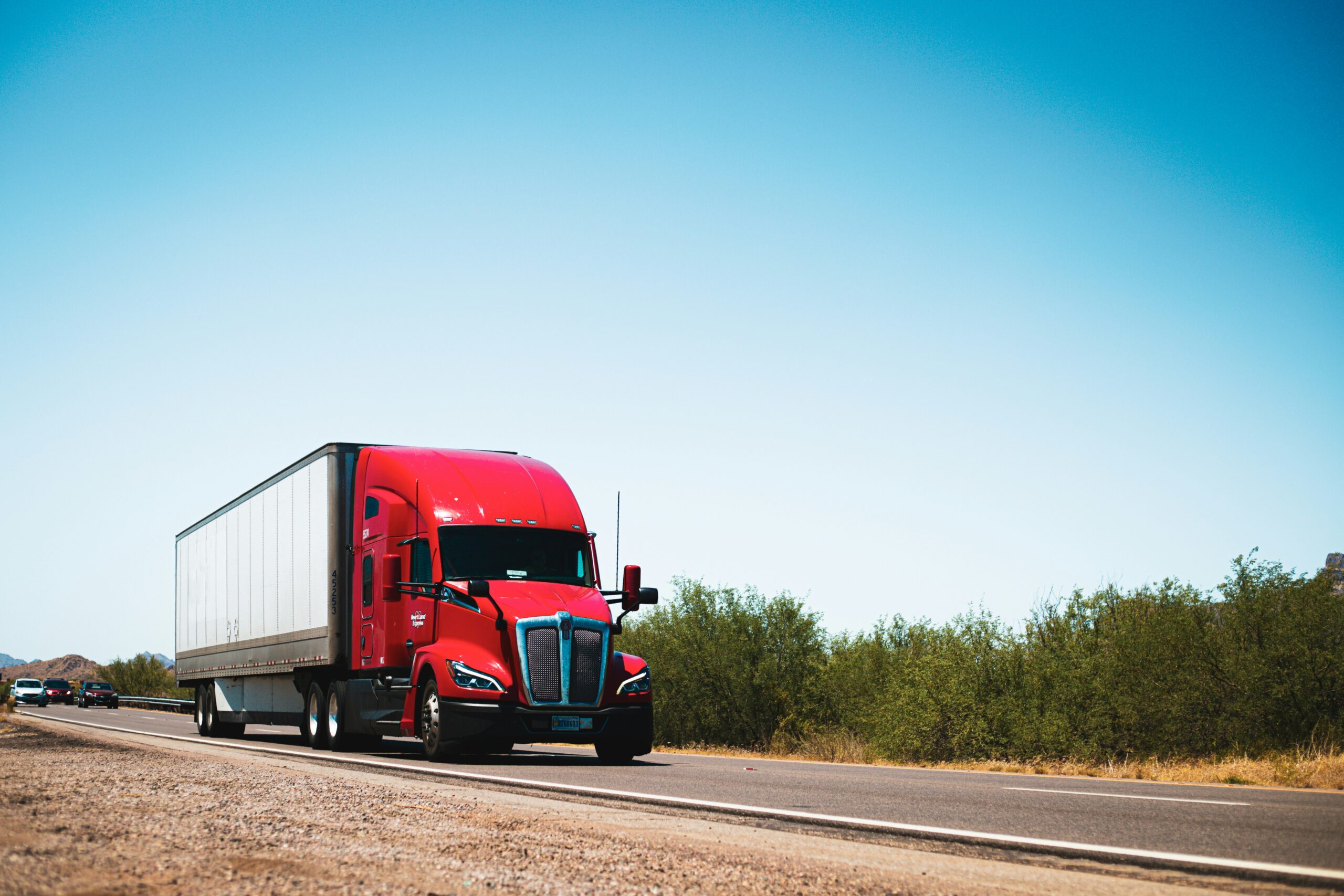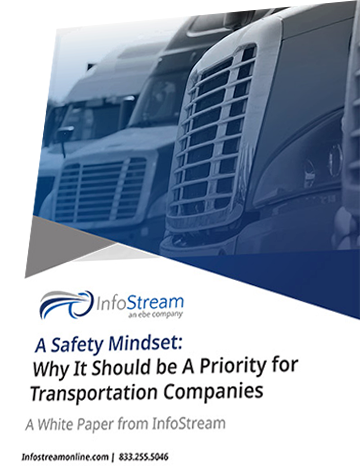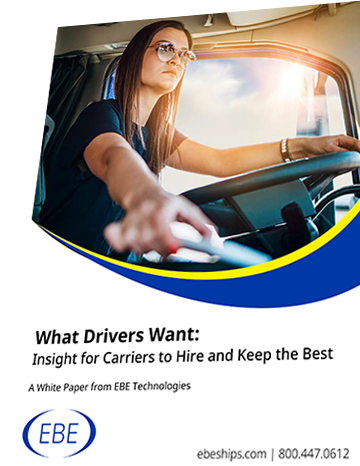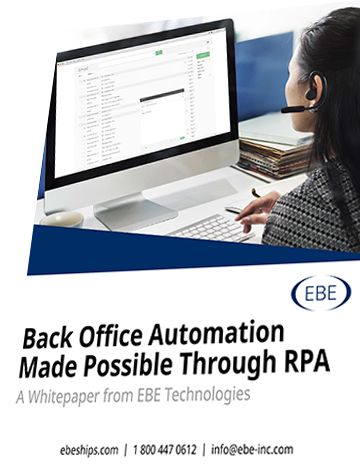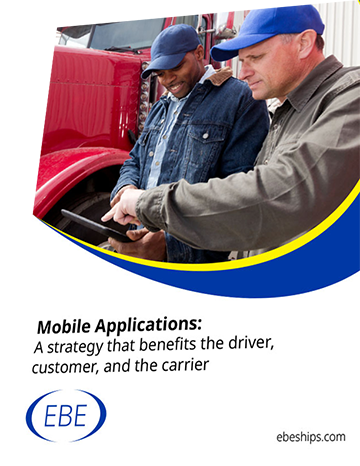By Steve Binkley,
InfoStream Safety Consultant
Any crash involving motor vehicles and people have the potential to be very serious and costly, when the crash involves a commercial motor vehicle the potential for fatalities, injuries and damage can certainly increase because of the size of these vehicles. I think it important for motor carriers to have in place a procedure or guidelines for the driver and the employees designated by the motor carrier to follow to help respond and minimize the potential damages and cost of the crash. I also think its important for motor carriers to maintain documentation and timeline of the events. Below are what I think are critical items of a crash involving a commercial vehicle.
- Reporting of the incident – who should the driver call? who is the designated person to be contacted by the driver, what information should the driver be expected to report
- Rendering aid – are drivers trained to render aid, is this something the motor carrier wants the driver to do if needed
- Interaction with Law Enforcement – drivers should be trained how to interact, what questions they may be ask, what information or documentation they are expected to provide to law enforcement
- Preservation of data from the vehicle, depending on the type of accident the motor carrier may be asked to preserve the condition of the vehicle as it is post-accident, it is possible the CMV will receive a post-crash inspection and information downloaded from the ECM
- Preservation of video from the dashcam – if the CMV has a dash cam the motor carrier might expect to preserve the video, it is also very possible that the video can determine who is at fault and who is not at fault
- Conversations with adverse parties, witnesses’, and media, driver should be trained how to respond to questions from the other parties involved, how to identify potential witnesses and what responses to give to new media provided they are present at the scene
- Photographs, Driver’s should also be given specific guidance on what to photograph such as the other vehicle, property damage, traffic control signs, perhaps if someone claims to be injured and they are moving about the scene without any problems or no obvious physical limitations
- Crash Prevention Measures – Driver should be trained on how to avoid and prevent crashes such as defensive driving, prevent distracted driving, maintain a safe following distance and other training courses, motor carriers that are pro active with crash prevention training are less likely to experience severe crashes.
- Best Practices to control cost- Get as much information as possible from the driver, the driver should be trained what information they should be expected to get or know, is there an accident package in the truck, such as camera, company contact information, afterhours contact person, how to document the crash, does the motor carrier need to send an adjuster to the scene, does the motor carrier need to send legal representation to the scene, perhaps limit who is involved in the investigation from the company, to may people involved can perhaps cause disinformation or confusion. By everyone knowing their role and what is expected it should make the investigation purer with facts and assist in determining the cause and outcome.
- Is a Post accident drug & alcohol teat required, does the crash meet the FMCSA definition of a DOT reportable crash?
- Litigation – Be prepared for litigation, do we have all the information, is the investigation complete, has the driver been properly interviewed by motor carrier and council? Know who may be called to give testimony and prepare individuals to do so. Where does the motor carrier store the information, who has access, when updates are made who needs to be informed.
It is very important for motor carriers to have a sound crash response procedure in place. Employees should be trained and understand what their roles and responsibilities are related to the CMV crash. Now all motor carriers can be different so the procedures may vary from one company to another but by considering the items above I hope you can also develop a very sound and effective crash reporting procedure that can limit the potential cost and risk associated with CMV crashes.
